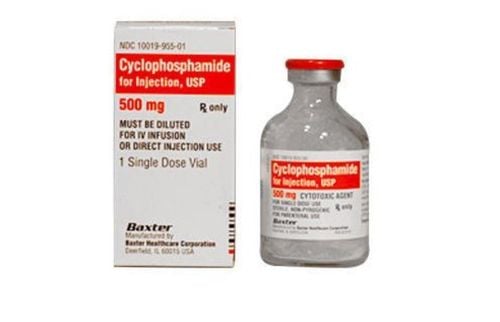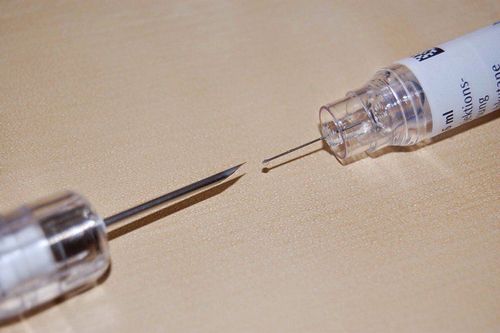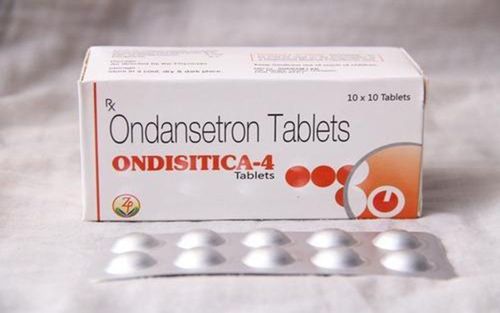This is an automatically translated article.
Prostate cancer is quite common in men, but people's awareness is still not high, so it is often detected late. Radiation therapy for prostate cancer is one of the common treatments, chosen based on the patient's risk factors and expected life expectancy.1. Indications for radiation therapy for prostate cancer
Treatments for prostate cancer typically include: active monitoring, surgery, hormone/endocrine, radiation therapy, chemotherapy, or immunotherapy. In it, radiation therapy uses high-energy rays or particles to kill cancer cells. Depending on the stage of the prostate cancer and other factors, radiation therapy may be used:As the first-line treatment for prostate-only cancer (that has not metastasized) and low levels of malignant cells. The cure rates for these cancers are comparable to those of patients treated with radical prostatectomy. Combined with hormone therapy for cancer that has grown outside the prostate gland and has spread into nearby tissues. When cancer cells are not completely removed or recur in the prostate area after surgery. Helps keep cancer under control for as long as possible, and prevents or relieves symptoms as the cancer progresses. Prostate cancer treatment regimens are also based on many factors, such as the patient's expected life expectancy, PSA index, disease stage, Gleason score... Based on this, patients will be divided into groups by risk factors from very low to very high, the most severe is metastasis. According to the American Prostate Cancer Guidelines, radiation will be indicated in the following cases:
Low-risk and very low-risk prostate cancer, with an expected life expectancy of at least 10 - 20 years or more: Radical external radiation therapy. Moderate-risk prostate cancer, with a life expectancy of at least 10 years or more: Radical external radiation therapy, possibly combined with androgen-destroying hormone therapy for 4-6 months. Prostate cancer with high to very high risk factors, or with regional lymph node metastasis: Radical external radiation therapy combined with hormone therapy for 2 - 3 years. Prostate cancer with bone metastases : Analgesic radiotherapy.

Các loại xạ trị được áp dụng cho bệnh ung thư tuyến tiền liệt được chia thành hai nhóm lớn là
2. Types of Prostate Cancer Radiation Therapy
The types of radiation therapy used for prostate cancer are divided into two broad groups:External beam radiation Internal radiation (Brachytherapy) 2.1. External beam radiation Radiation beams are delivered from a device outside the body, focused on the prostate gland. This type of radiation can be used to cure early-stage cancer or relieve symptoms, such as bone pain, when the cancer has spread to a specific area of bone.
The frequency of treatment is 5 days a week in the hospital, each time takes only a few minutes and repeats at least several weeks. Each treatment will be like an X-ray, but with more intense radiation. This procedure is usually painless.
Modern external prostate cancer radiation techniques focus radiation precisely on the tumor, helping doctors deliver higher doses, while reducing the impact on nearby healthy tissues.
Three-dimensional imaging radiotherapy (3D-CRT) 3D-CRT technique uses a special computer to map the exact position of the prostate gland. The radiation beams are then shaped and aimed at the prostate from multiple directions. This reduces the risk of damage to surrounding normal tissues and organs.
Dose-modulated radiation therapy (IMRT) This is the most common type of external beam radiation therapy for prostate cancer, which is also an advanced form of 3D radiation therapy. The computer-controlled IMRT moves around the patient as the radiation passes, shaping the beams and targeting the prostate from multiple angles. The intensity of the beam can be adjusted to limit impact on nearby normal tissues, allowing the doctor to deliver a higher dose of radiation.
Image-guided radiation therapy (IGRT) Some modern dose-modulated prostate cancer radiotherapy (IMRT) devices have built-in imaging scanners that allow images of the prostate to be taken just before radiation is delivered. radiation to make adjustments and target more precisely, with fewer side effects.
Volume-modulated arc radiation therapy (VMAT) Another variation of IMRT, this technique uses a machine that delivers radiation rapidly while spinning around the body. As a result, each treatment takes only a few minutes. Although it may be more convenient for the patient, VMAT radiation therapy has not been shown to be more effective than conventional IMRT.
Body-positioned stereotactic radiotherapy (SBRT) This technique uses advanced imaging guidance to deliver large doses of radiation precisely to the prostate gland. Thanks to the large dose of radiation, the entire treatment regimen for prostate cancer takes place in just a few days. Common radiation delivery machines are Gamma Knife®, X-Knife®, CyberKnife® and Clinac®.
The main advantage of stereotactic body radiotherapy (SBRT) over IMRT is more time saving, just days instead of weeks. But in fact, some studies have shown that SBRT can have some more severe side effects than IMRT.
Proton beam radiation This therapy shines a beam of protons instead of X-rays at the cancer. While X-rays release energy both before and after hitting the target, protons release energy only after traveling a certain distance. As a result, proton beams can deliver more radiation to the prostate, with less damage to the tissues they pass through. Proton beam radiation therapy can be delivered using techniques similar to 3D-CRT and IMRT.
In theory, proton beam therapy could be more effective than X-rays, but so far there have been no studies to prove this. Therefore, at present, proton beam therapy is not widely available. The machinery needed to generate protons is also very expensive and not widely available in medical facilities.
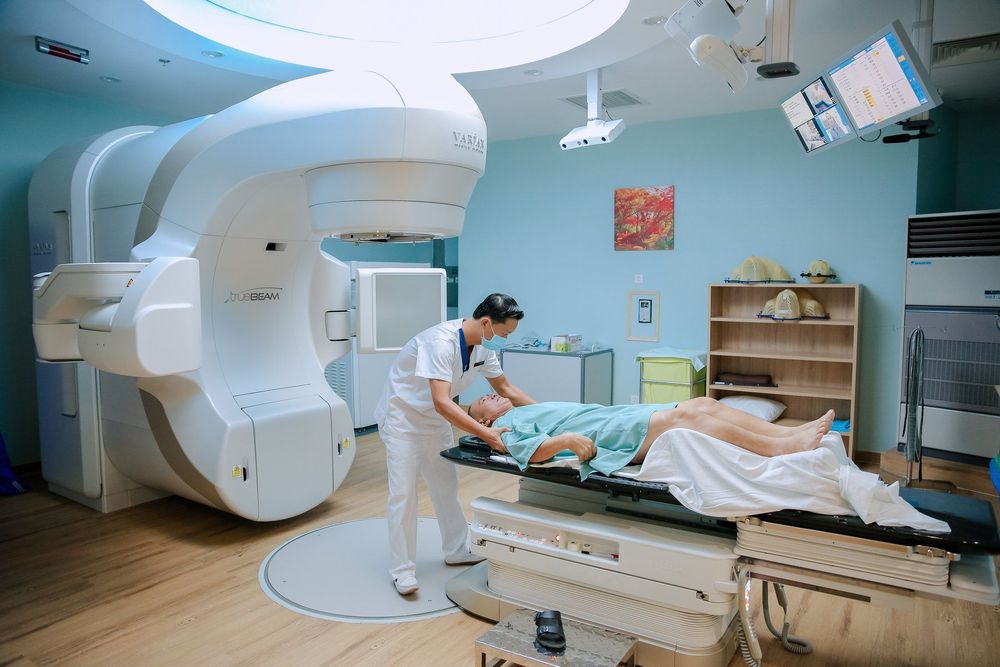
Các loại xạ trị được áp dụng cho bệnh ung thư tuyến tiền liệt được chia thành hai nhóm lớn là bức xạ chùm bên ngoài và bức xạ bên trong
Internal radiation therapy is usually indicated:
Men with relatively slow-growing (low-grade) early-stage prostate cancer. Combined with external radiation for high-risk cases of cancer spread and metastases. The use of internal radiation therapy is also limited by a number of other factors, such as:
The risk of urinary side effects may be higher for patients who have had a prostatectomy or people who already have urinary problems. May not be effective in men with an enlarged prostate because it is not possible to place all the seeds in the correct position. To overcome this, it is necessary to start hormone therapy several months in advance to shrink the prostate. There are 2 types of internal prostate cancer radiation therapy:
Permanent subradiation (low dose ratio) About 100 radioactive particles (depending on the size of the prostate) are placed inside a thin needle, It is then injected into the skin between the scrotum and anus to enter the prostate gland. They will give low doses of radiation for weeks or months in a very small area, limiting damage to nearby healthy tissue.
Temporary (high-dose) radiotherapy This technique is less common. Radioactive material is placed into a catheter and infused into the prostate for 5 - 15 minutes, at a frequency of about 1 - 4 treatments in 2 days. After the final treatment, the catheters are removed. For about a week after treatment, you may have pain or swelling in the area between your scrotum and rectum, and your urine may turn reddish brown.
Both are done in the operating room. Patients will receive spinal or general anesthesia, and may need to stay in the hospital overnight.
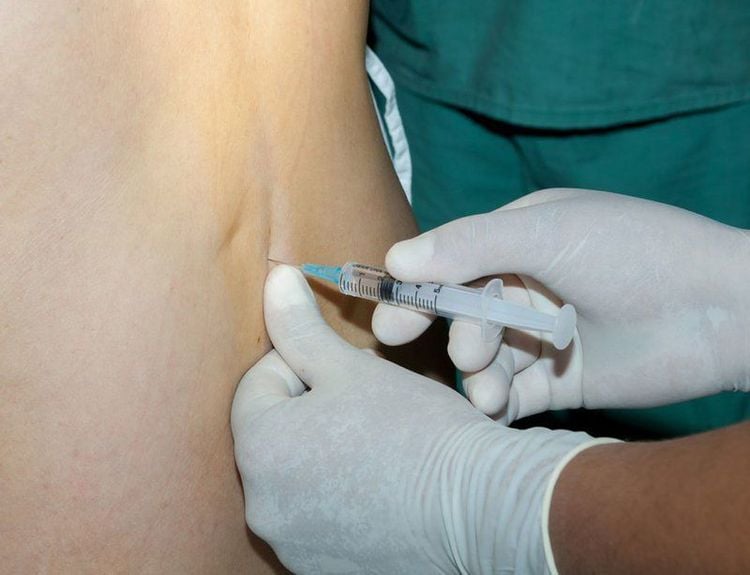
Bệnh nhân có thể phải gây tê tủy sống hoặc gây mê toàn thân nếu thực hiện cận xạ trị tạm thời, cận xạ trị vĩnh viễn
Besides, in order to improve service quality as well as bring convenience to customers, Vinmec now also deploys Prostate Cancer Intensive Care Package. Customers who need advice on diagnosis and treatment of prostate cancer can come to Vinmec International General Hospital
With equipped facilities, advanced and modern medical equipment and a team of Doctor with deep expertise and extensive experience. At Vinmec, the examination process becomes quick with accurate results, saving costs and time for patients.
Please dial HOTLINE for more information or register for an appointment HERE. Download MyVinmec app to make appointments faster and to manage your bookings easily.
Reference source: cancer.orgMORE:
Biopsy for rapid diagnosis of prostate cancer Robotic surgery to "blow up" prostate cancer for Japanese doctors Prostate cancer intensive examination package




